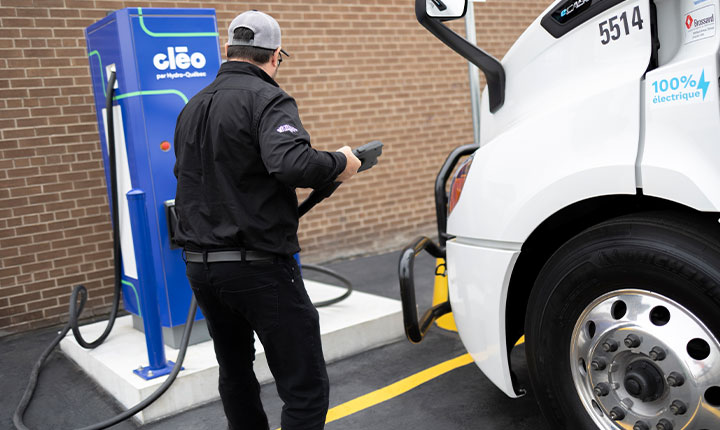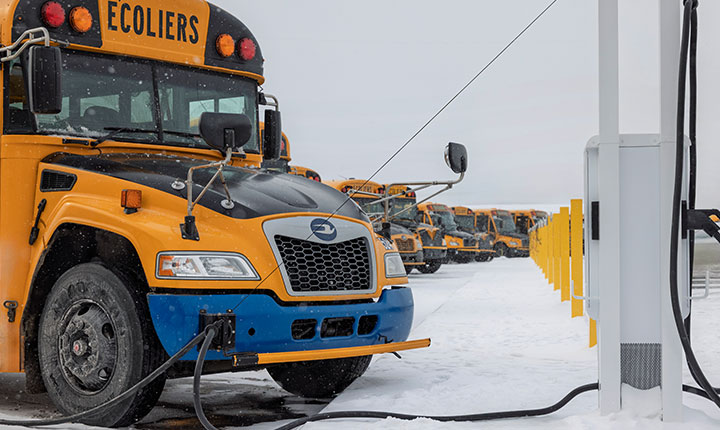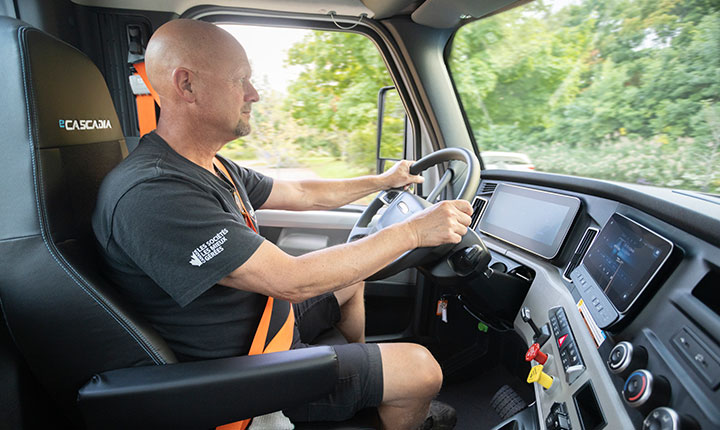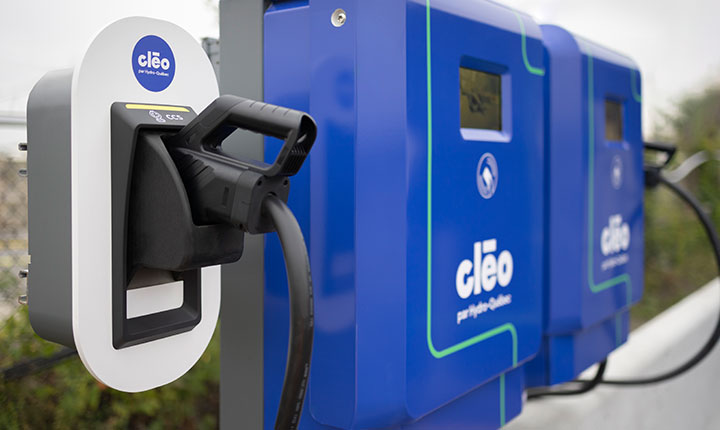Previous
Thinking about electrifying your commercial fleet? This strategic move can not only modernize your company’s image but also contribute to environmental protection and reduce recurring costs. The positive impact of such a transition is undeniable, making it a smart choice for your business.
Like any major project, the transition to electric vehicles comes with its own set of challenges. To help you navigate the process, we’ve identified the five most common challenges of electrification, along with their respective solutions. Leverage this knowledge to overcome these obstacles and steer toward a more sustainable future.
Challenge 1: Transportation electrification involves long lead times
While fleet electrification takes time, companies embarking on this journey often mistakenly believe that vehicle acquisition is the most time-consuming aspect, underestimating the need for tailored charging infrastructure.
The commissioning of such infrastructure involves multiple stages that demand thorough planning and execution, leading to lengthy implementation times.
- Planning phase: This can take 3 to 6 months and precedes infrastructure deployment and commissioning stages.
- Grid connection: Low-voltage connections can take 6 to 9 months, while medium-voltage connections can take over a year.
- Charging station acquisition: Procuring charging stations can take more than 6 months, depending on the model. Certain electrical components accompanying the power unit, such as transformers and circuit breakers, may be out of stock.
Solution: Planning the project as quickly and efficiently as possible
Given the long lead times of electrification projects and the often underestimated scale of charging infrastructure, early planning is crucial. We recommend initiating the planning phase even before ordering the vehicles. This approach allows for the development of effective strategies and necessary preparations without rushing, ensuring a smooth transition.
The project needs to be launched strategically: the procurement of charging infrastructure and electric vehicles are distinct projects that must run in parallel, with the commissioning of charging stations synchronized with vehicle arrivals. Fortunately, electrification consulting teams are trained to help coordinate everything effectively. Take advantage of their support!
Challenge 2: Climate affects battery autonomy and charging strategy
Cold winters significantly decrease the battery life of electric vehicles, partly because of the substantial energy required to heat the batteries and passenger compartments.
Prolonged battery charging time is another less-know effect of colder temperatures. In addition to increased energy needs, the battery may deliberately reduce charging power to uphold its condition.
Solution: Adjusting charging strategies
When confronted with the challenges of winter, commercial fleet operators often adjust their charging and range strategies.
One approach involves adapting charging plans by scheduling extended or more frequent sessions to accommodate longer charging times during the cold season. For instance, additional low-power charging stations can be particularly beneficial as they can pre-condition batteries and warm the cabin before departure, thereby conserving battery energy for the journey.
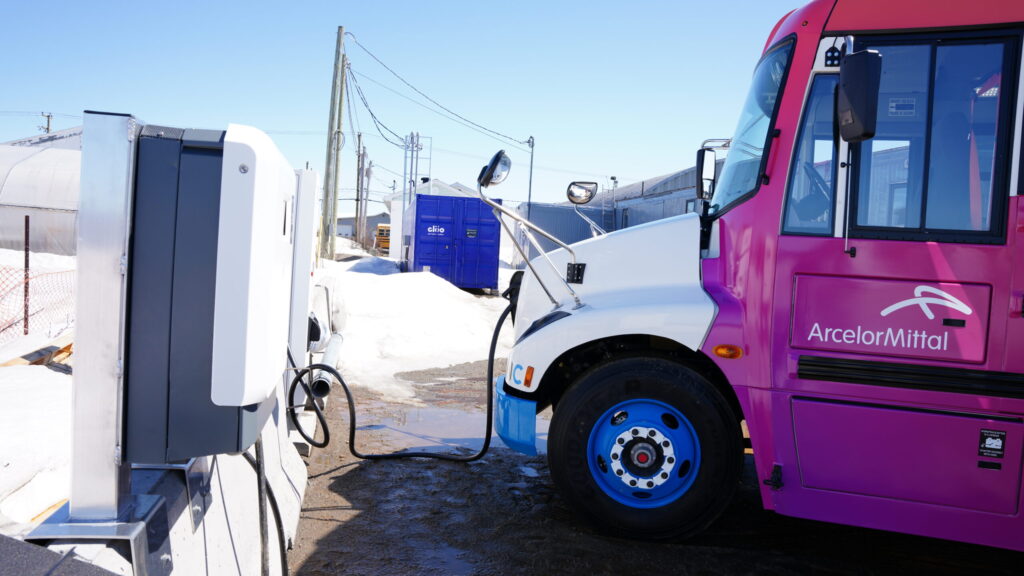
Another tactic is to promote flexibility in driving schedules. For instance, considering shorter routes during winter ensures vehicles maintain sufficient range for their journey, even in cold conditions. While this strategy may not be universally applicable, it merits consideration.
In short, adopting a flexible and reliable approach is key to maintaining operational efficiency, regardless of the season.
Challenge 3: Electrification installations can be costly
Acquiring and installing charging stations and electric inputs and configuring site layouts represent significant investments for companies seeking to electrify their fleets.
Solution: Taking advantage of subsidies or leasing options
The government offers various subsidies to support the adoption of environmentally friendly practices in commercial vehicle fleets.
Additionally, leasing charging stations and electrification infrastructure presents another viable option, which, depending on the circumstances, can be more advantageous than outright purchase.
Collaborating with experts specializing in the electrification of light-, medium-, and heavy-duty trucks and buses is a sound decision. This ensures access to top-tier advice and helps mitigate the financial implications of the transition.
Challenge 4: Managing complex charging requirements
Adding electric vehicles to a commercial fleet creates a new challenge: managing charging needs. Careful planning ensures each vehicle is sufficiently charged to cover its intended route.
Moreover, these new charging requirements can lead to substantial electricity expenses if not carefully managed. Commercial customers are billed not only for the electrical energy consumed but also for the power drawn from the grid. This billing structure entails charges based on both the quantity of energy used and the rate at which it is delivered. Charging an entire fleet at the same time of day, for the same length of time, using high-power charging stations leads to high electricity costs, hence the importance of truly “managing” the charging of your fleet.
However, manual management can be time-consuming and difficult to coordinate, especially for large fleets.
Solution: Adopting smart charging management tools
Using proven, high-performance IT tools is the key to effectively managing complex charging requirements.
Smart charging management platforms such as Cleo’s are designed to streamline the charging process and automate charging plans to ensure each vehicle is charged according to its route and schedule.
In concrete terms, a powerful platform controls the charging stations remotely, automatically adjusting the start and end times of charging sessions and the power allocated to each station. It prioritizes vehicles according to specific criteria, such as current battery levels and upcoming scheduled departure times.
Using a smart charging management platform significantly reduces the need for manual monitoring, simplifying coordination and enhancing operational efficiency. In fact, thanks to its alert system, a platform can notify you when a charging station displays an error status, or when a charging session unusually stops. This makes it easy to keep your fleet efficient and ready to go, regardless of the size or scope of your operation. Moreover, this powerful tool optimizes grid power demand, promoting cost-effective management!
Challenge 5: Team resistance to change
The transition to electric transportation is a change that affects not only drivers but also the entire staff, including dispatchers and mechanics. Upon learning about the integration of electric vehicles, employees may sometimes experience apprehension, which could undermine their commitment to the project.
Solution: Educate employees on the benefits of electrification
It’s important to communicate the importance and advantages of electrification to all employees during the initial stages of the project. This approach will allow for a quicker and more positive perception.
One effective strategy involves providing comprehensive training or designating ambassadors who can effectively communicate the benefits of electric transportation to their fellow team members. In fact, most drivers who’ve operated electric vehicles prefer this option, and their enthusiasm can be a powerful motivator!
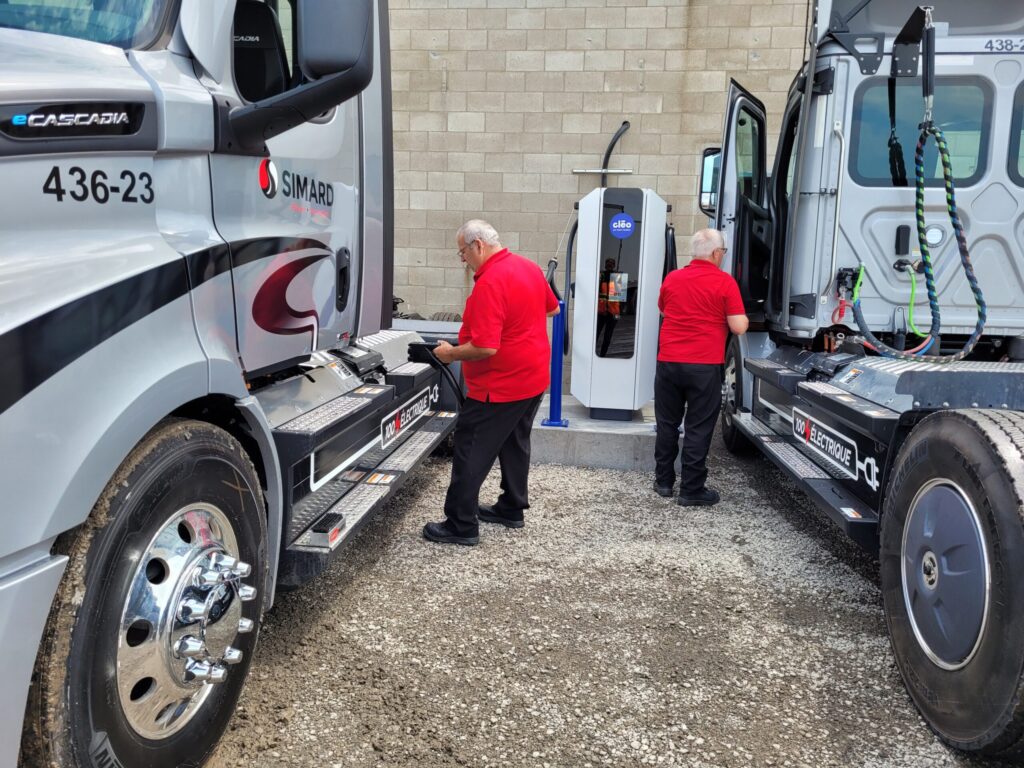
Tackling your electrification challenges together
Commercial fleet operators can count on Cleo to facilitate their transition to electric vehicles. Our turnkey service and smart charging management platform play a pivotal role in effectively addressing the challenges of electrification. Contact our team to develop a robust electrification strategy and benefit from personalized support.
Continue reading
Electrifying a fleet is often seen as a long-term investment, a step toward sustainability, and lower maintenance costs. But what if it could also generate immediate income?


